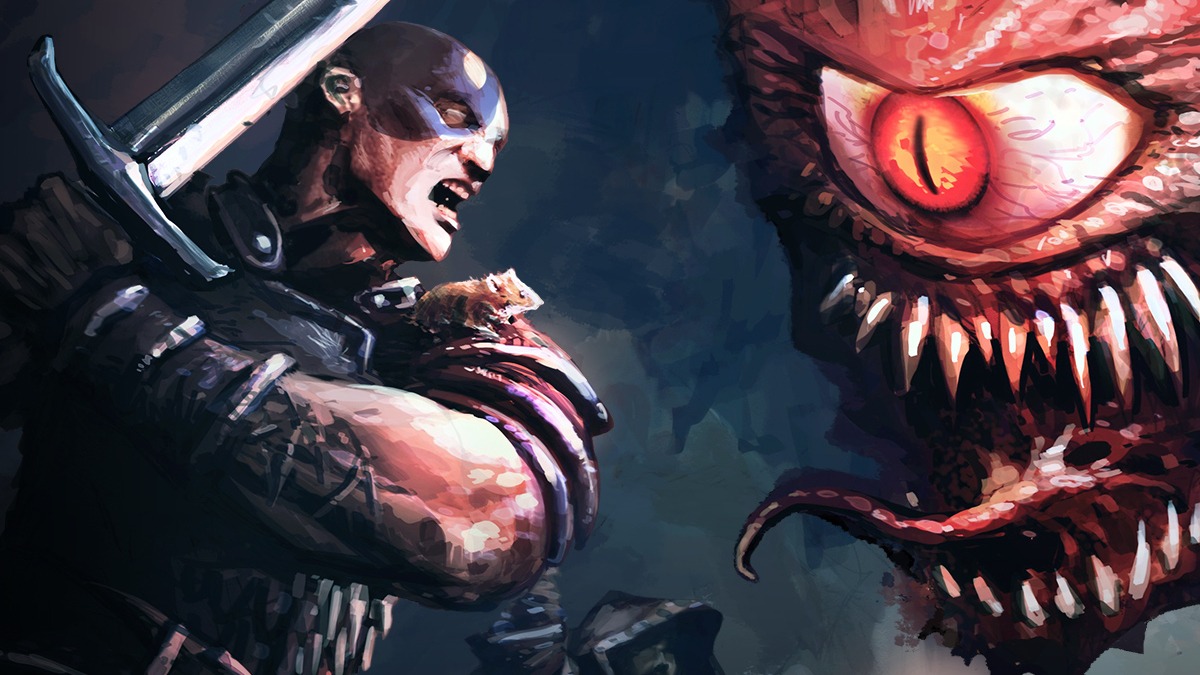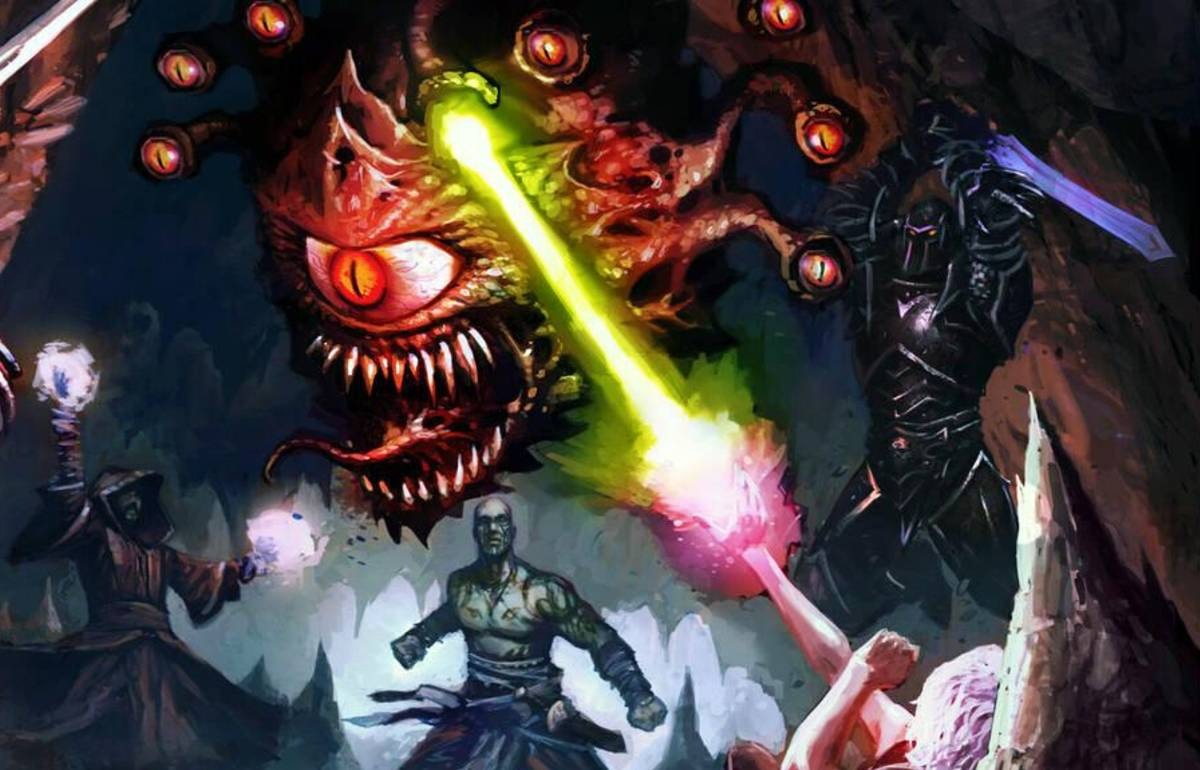Philosophical Mastery: How Planescape: Torment Still Serves as the Ultimate Dungeon Master’s Guide 25 Years Later
Popular Now
 God of War Ragnarök
God of War Ragnarök
 Geometry Dash
Geometry Dash
 Free Fire
Free Fire
 Roblox
Roblox
 The Legend of Zelda
The Legend of Zelda
 Grand Theft Auto V
Grand Theft Auto V
 Sonic the Hedgehog™ Classic
Sonic the Hedgehog™ Classic
 Black Myth: Wukong
Black Myth: Wukong
 Fall Guys
Fall Guys
 Among Us
Among Us 
In the expansive library of Dungeons & Dragons video games, none have cast a shadow quite as profound on the craft of Dungeon Mastering as Black Isle Studios’ 1999 masterpiece, Planescape: Torment. While the recent smash success of Baldur’s Gate 3 has showcased the modern pinnacle of 5th Edition ruleset implementation and cinematic flair, Torment, which celebrates its 25th anniversary, remains the unparalleled blueprint for narrative depth, philosophical weight, and non-combat-focused role-playing engagement. It is a timeless lesson in what it means to be a truly great DM.
The Core Lesson: Character Over Combat
The most immediate and critical takeaway for any aspiring or veteran DM is Torment’s radical de-emphasis on combat. Built on the Advanced Dungeons & Dragons 2nd Edition ruleset, the game’s mechanics deliberately reward high mental stats—Intelligence, Wisdom, and Charisma—by unlocking dialogue options, new quests, and non-violent resolutions. This subversion of the traditional “sword-and-sorcery” high-fantasy focus is a direct challenge to the DM to prioritize role-playing above all else, which can significantly increase player engagement and retention, making it a critical asset for campaign longevity.
- The Power of Words: The main character, The Nameless One, can talk his way out of more than half of the game’s combat encounters. This teaches DMs to design encounters with multiple, complex solutions, encouraging players to utilize their neglected mental stats and creativity, rather than just rolling for initiative.
- Dialogue as a Dungeon: Many of the game’s most challenging “puzzles” are purely conversational, forcing players to delve into the philosophical or moral quandaries of the bizarre Planescape setting. This elevates the standard NPC interaction from simple information brokering to an intense, high-stakes intellectual duel.
- Rewarding Role-Play: By making dialogue choices the primary driver of character growth and alignment change, Torment models how a DM can grant non-combat experience points, affirming that the “role-playing” in tabletop RPGs is paramount. This enhances the sense of true player agency and immersion.
 Worldbuilding: The City of Doors and Infinite Possibilities
Worldbuilding: The City of Doors and Infinite Possibilities
Set primarily in Sigil, the City of Doors, the game offers a masterclass in unique and resonant D&D worldbuilding. The setting, a nexus connecting every plane of existence, is not defined by geography but by philosophical conviction.
- Factions with Conviction: Sigil is governed by 15 Factions, each representing a philosophical ideal (e.g., The Bleak Cabal believes life is meaningless, the Dustmen believe life is a preparatory stage for True Death). This structure shows DMs how to create meaningful political conflict that is rooted in ideology, not just petty villainy. When a player’s alignment shifts, it has tangible consequences for their interactions with these groups.
- Environmental Storytelling: The environment itself is a character. The Mortuary where the game begins, the infinite maze of the Lady of Pain, and the bizarre denizens like the sentient floating skull, Morte, are indelible because they are tied to a core idea. DMs should learn to imbue every location and NPC with a unique, memorable philosophy or oddity.
- NPCs that Matter: Companions like the githzerai Dak’kon or the succubus Fall-From-Grace are not simple sidekicks; they are deeply complex characters whose personal stories are intrinsically tied to The Nameless One’s past lives. A DM can learn to craft companion arcs that serve as major plot devices, giving players personal stakes in the overarching narrative and dramatically increasing emotional investment.
The Narrative Structure: An Amnesiac’s Journey
The premise—an immortal amnesiac protagonist seeking to discover “What can change the nature of a man?”—is a potent narrative framework that DMs can adapt to any campaign. It serves as a near-perfect vehicle for high-concept storytelling and allows for dynamic changes in player morality without feeling arbitrary.
The DM’s Toolkit from Torment
- Leverage the Past: The concept of past incarnations allows the DM to retroactively integrate a player’s character into the world’s lore, making them a central, influential figure without disrupting the main narrative. This creates a powerful feeling of destiny and importance.
- Death as a Mechanic: The Nameless One’s immortality, while unique, teaches DMs to make death a meaningful, non-punitive event. Instead of a simple “game over,” death reveals lore, introduces new challenges (like the death of a “mortal” due to his curse), or simply acts as a soft-reboot button for a narrative twist.
- The Big Question: Every campaign should have a central, unanswerable philosophical question—a “What can change the nature of a man?”—that anchors the story and gives every choice a deeper thematic resonance. This transforms a simple quest for treasure into a profound existential journey, which resonates deeply with modern RPG audiences and drives high-value entertainment.
Twenty-five years on, Planescape: Torment remains less a traditional video game and more a comprehensive, interactive manual on high-level narrative design for D&D campaigns. By championing philosophy and choice over raw power, it continues to teach DMs to be writers, philosophers, and architects of worlds where the greatest weapon is often a well-placed word.






